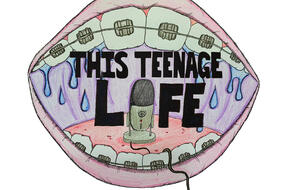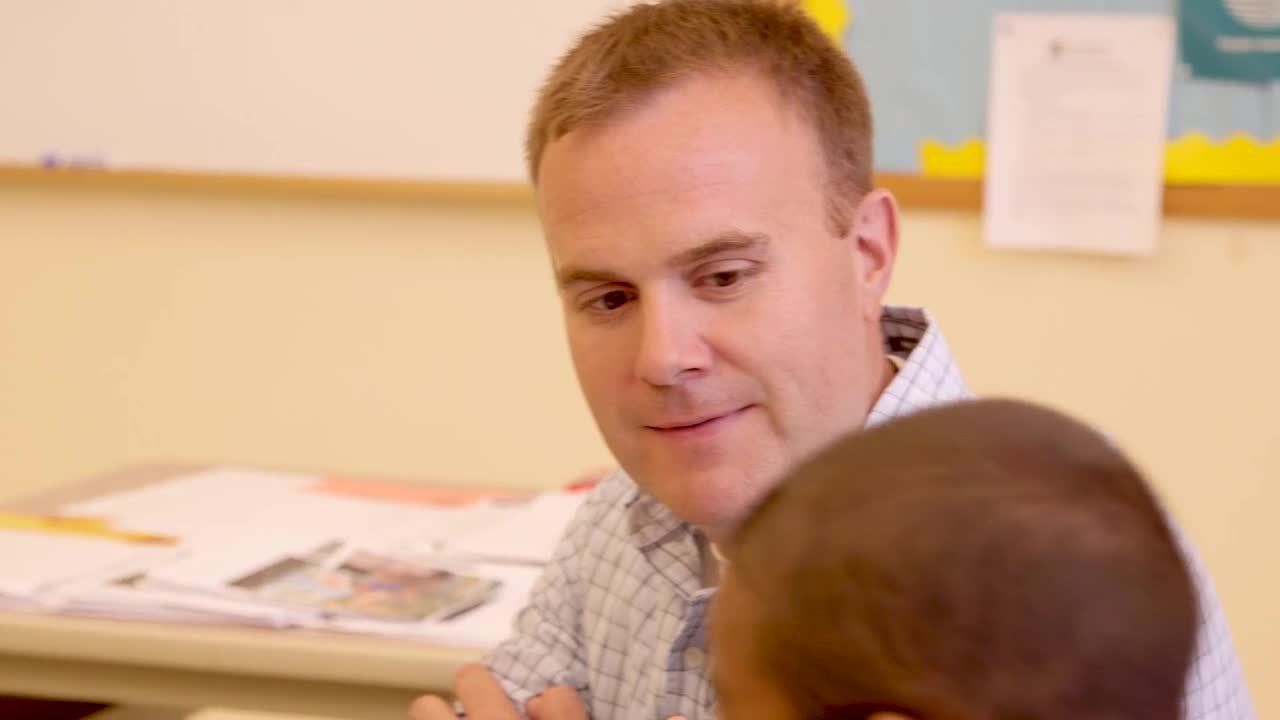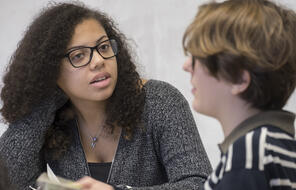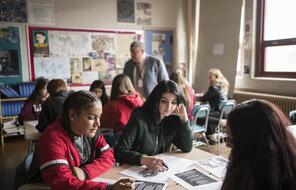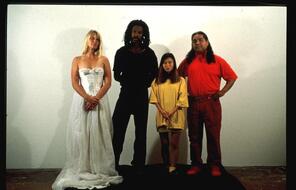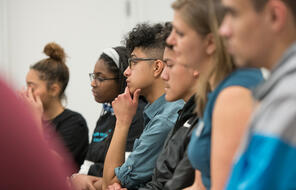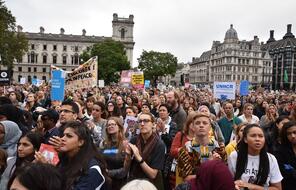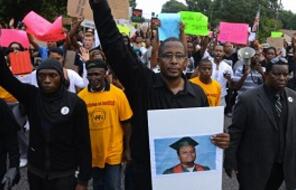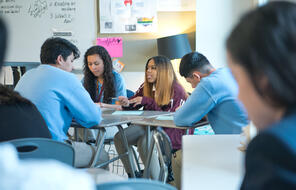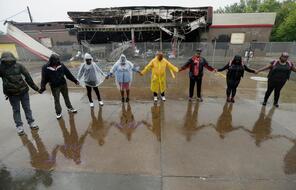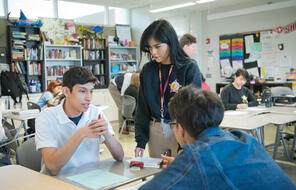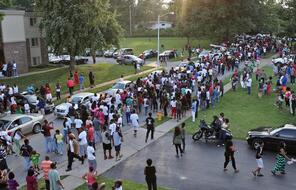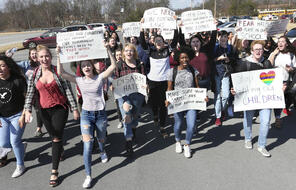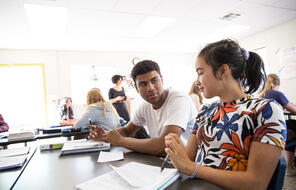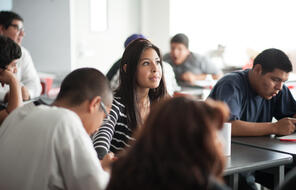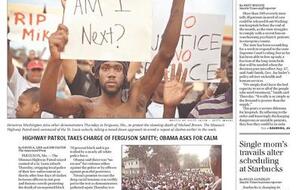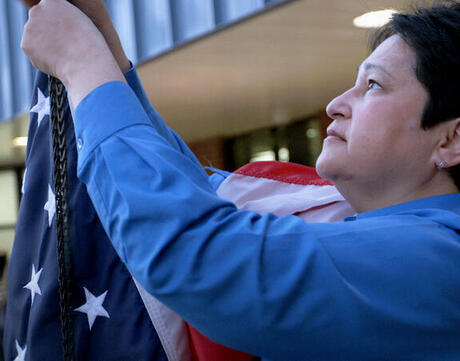
Navigating Jewish American Identity
Duration
Two 50-min class periodsSubject
- Civics & Citizenship
- Social Studies
Grade
6–12Language
English — USPublished
Overview
About This Lesson
In this lesson, students will watch and respond to a video clip from the film American Creed in which historian and author David Kennedy draws from W. E. B. Du Bois’ idea of “twoness” to explore the tensions that can exist when an individual’s American identity and their religious, ethnic, racial, and other identities are at odds with one another.
In American Creed, David Kennedy discusses the changing attitudes towards what he calls “hyphenated Americans” (Italian-American, Irish-American, Jewish-American, etc.). He asserts that there was a time in the history of the United States political discourse when embracing a hyphenated identity was considered disloyal. He goes on to comment that while identifying with your ethnic heritage today is considered a good thing, there is nonetheless an underlying assumption that it should be less prominent than your American one.
Over the course of this lesson, students will use Du Bois’s and Kennedy’s ideas to explore their own Jewish identities and consider how they coexist with their identities as Americans.
After watching David Kennedy’s American Creed video clip, students will read two texts that grapple with the idea of “twoness” and hyphenated identities. The first text is by Lebanese author Amin Maalouf who asserts that the many facets of his identity cannot and should not be categorized, and to do so would be dangerous.
Students will then read a short narrative essay by New York Times journalist Thomas Friedman who reflects on what the phrase “I am Jewish” means to him. Like Maalouf, Friedman asserts that the different parts of his identity cannot be categorized into a hierarchy of importance. They all make up who he is.
Through reading the two texts and watching David Kennedy’s video clip, students will discuss if it is indeed necessary that we relegate our various identities below our American identity. The students will end the lesson by reflecting on their identities and writing their own “I am Jewish” narrative response.
Preparing to Teach
A Note to Teachers
Before you teach this lesson, please review the following guidance to tailor this lesson to your students’ contexts and identities.
Lesson Plans
Activities
Extension Activity
Materials and Downloads
Additional Resources
Unlimited Access to Learning. More Added Every Month.
Facing History & Ourselves is designed for educators who want to help students explore identity, think critically, grow emotionally, act ethically, and participate in civic life. It’s hard work, so we’ve developed some go-to professional learning opportunities to help you along the way.
Exploring ELA Text Selection with Julia Torres
On-Demand
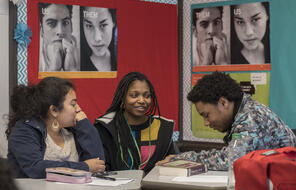
Working for Justice, Equity and Civic Agency in Our Schools: A Conversation with Clint Smith
On-Demand
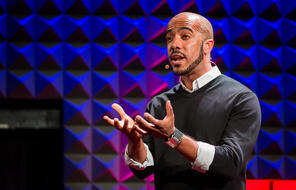
Centering Student Voices to Build Community and Agency
On-Demand
